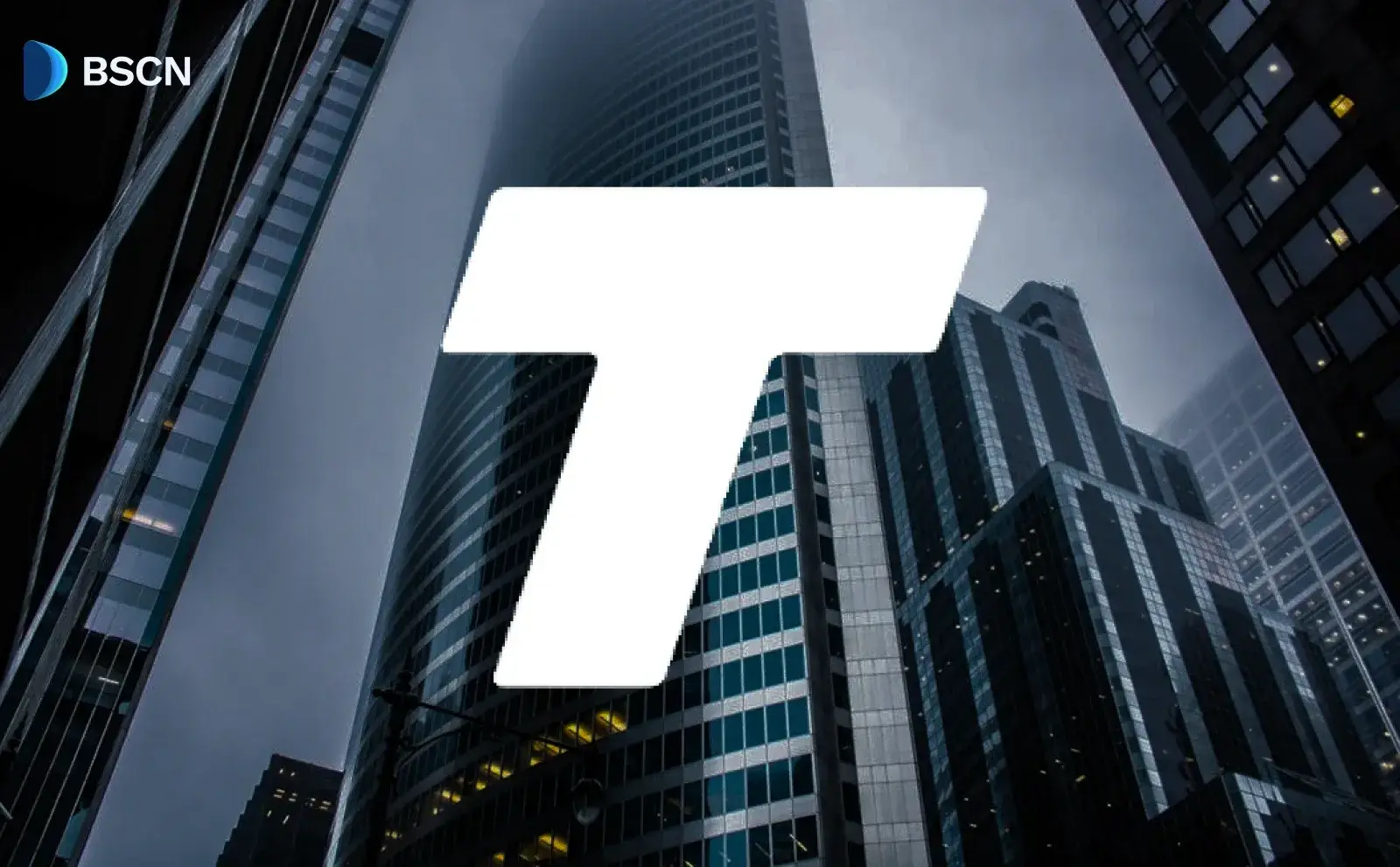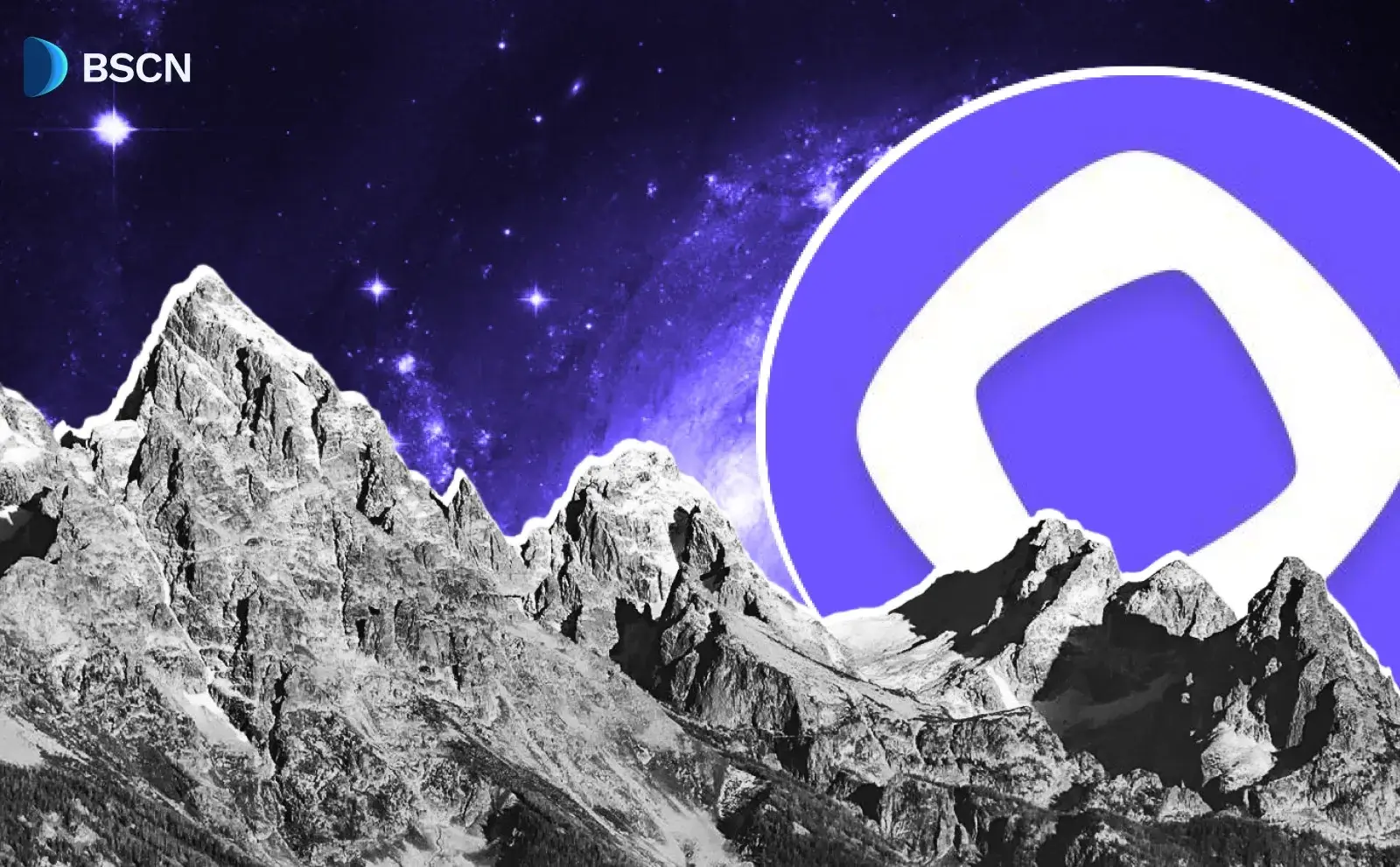Research
(Advertisement)
Kaspa's BlockDAG Upgrade Drives Network Activity in September 2025

Recent on-chain data position Kaspa to vie with leading Blockchains like Bitcoin and Ethereum, in terms of throughput and transaction costs.
UC Hope
September 15, 2025
(Advertisement)
Table of Contents
On September 14, 2025, the Kaspa blockchain recorded 1.92 million transactions in a single day, its highest volume recorded and a result of capacity built from the Crescendo hardfork earlier in the year.
On-chain data confirms this total, which showed a clear rise from the previous day, more than the daily totals for Bitcoin and Ethereum each. The increase points to Kaspa's emphasis on proof-of-work systems that handle high volumes, with speeds up to 60 transactions per second and fees under $0.001.
Transaction Volume Surge on Kaspa Network
Kaspa's transaction count reached 1,918,960 on September 14, up from about 821,000 the day before, based on reports from network monitors. This marked a day-over-day rise of roughly 134 percent. The total put Kaspa in front of other proof-of-work layer-1 blockchains, including Dogecoin at around 75,000 transactions and Ethereum Classic at about 24,000, but behind the overall activity on Bitcoin and Ethereum.
— Kaspa (@kaspaunchained) September 14, 2025
Bitcoin recorded 579,000 transactions that day, while Ethereum managed 1.637 million on its mainnet the prior day, with similar levels expected for September 14. However, Ethereum's layer-2 networks, such as Base, added millions more transactions over the week, with Base alone seeing elevated activity around September 12.
Kaspa's rise tied into wider network tests and user involvement. Daily active addresses on Kaspa climbed above 500,000 in September, matching Bitcoin's levels for the period. Unique addresses grew by several hundred percent year over year, linked to tests with KRC-20 tokens, which work like inscriptions on other blockchains.
Transaction fees on Kaspa held below $0.001, much lower than Ethereum's average of about $0.47 during the time. This low cost comes from Kaspa's setup, which supports transfers for routine payments.
Surpassing Bitcoin: BlockDAG Architecture and Crescendo Hardfork Details
Kaspa uses a blockDAG structure, a directed acyclic graph that supports parallel block creation and ordering, unlike the straight-line chains of Bitcoin and Ethereum. On September 14, the network processed approximately 1.4 million parallel blocks, surpassing Bitcoin's cumulative total of 914,695 blocks up to that point.
The hardfork behind this, Crescendo, went live on May 5, 2025, raising the block rate from one per second to 10 per second, improving throughput while keeping decentralization intact. The update also added fixes for node pruning and synchronization to handle bigger loads on full archival nodes.
At the September 14 high point, Kaspa processed up to 60 transactions per second, surpassing Bitcoin's average of seven per second. The blockDAG addresses ordering issues with a topological sort, resulting in transaction finality in seconds, rather than minutes or hours on slower setups.
Kaspa maintains its proof-of-work consensus, where miners utilize the kHeavyHash algorithm, which is resistant to memory attacks. By mid-September 2025, the network had produced 26.69 billion KAS tokens, representing 93% of the maximum supply of 28.7 billion. Block rewards halve every year, with the next drop scheduled for October 4, 2025, from 4.37 KAS to 4.12 KAS per block.
Network Comparisons: Kaspa Against Bitcoin and Ethereum
Bitcoin's September 14 transaction total was 579,000, tied to its use as a store of value. Corporate Bitcoin holdings surpassed 1 million BTC by late August 2025, following the addition of 47,718 BTC that month. Even with this buildup, Bitcoin's daily rate trailed Kaspa's by about three times on that date.
Ethereum's mainnet had 1.637 million transactions on September 13, contributing to a monthly total of 48.22 million by early September, up 20 percent from August. Layer-2 networks like Base and Optimism processed millions extra, using rollups to ease mainnet pressure. Ethereum's fees averaged around $0.47 during this period, higher than Kaspa's due to fluctuations in gas prices.
Kaspa's blockDAG allows blocks to link in parallel without fork dangers. Bitcoin's rule selects the longest chain, which reduces concurrency, and Ethereum utilizes layer-2 for additional volume. Kaspa's 10 blocks-per-second rate gives built-in layer-1 scaling, without the split seen in Ethereum's setup.
Kaspa's weekly trading volume reached approximately $259 million in early September, with daily active users numbering around 25,000. Exchanges like WhiteBIT, which listed KAS on September 11, tracked this uptick in retail use.
Ecosystem Growth and Recent Developments
Kaspa added users through 2,066 KRC-20 tokens, which were deployed by mid-September, generating $1.64 million in fees over 24 hours. These tokens enable the creation of basic assets on the base layer, much like Ordinals on Bitcoin. The fair-launch approach, without pre-mines or venture funding, left 58 percent of the supply untouched for more than six months.
The Kaspa Experience conference, held in Berlin on September 13, 2025, drew approximately 500 participants to discuss developer tools and growth paths. The Layer-2 rollout, now scheduled for the fourth quarter of 2025, will introduce smart contract support with Rust-based virtual machines, advancing beyond simple sends.
Wallets tied to Bybit picked up 624 million KAS, worth roughly $49 million, in the 24 hours before September 7. These buys point to setup for possible spots on top exchanges.
Conclusion
In summary, Kaspa's blockDAG structure and recent upgrades, including the Crescendo hardfork's 10 blocks-per-second rate, enable efficient transaction processing at scales comparable to established networks, with low fees and parallel block ordering supporting up to 60 transactions per second.
While its September 14 volume of 1.92 million transactions demonstrates solid layer-1 performance, the protocol maintains opportunities for further refinement in areas such as smart contract integration via upcoming layer-2 solutions and broader ecosystem adoption. These developments position Kaspa to address scalability challenges more directly, enabling it to compete with Bitcoin and Ethereum on metrics such as throughput and cost over time.
Sources:
- Kaspa Explorer: https://explorer.kaspa.org/
- Etherscan for Ethereum Gas Tracker: https://etherscan.io/gastracker
- Kaspa Technology overview: https://kaspa.org/technology/
- Coindesk Report on Corporate Bitcoin buying: https://www.coindesk.com/markets/2025/09/14/corporate-bitcoin-buying-slows-in-august-as-treasuries-add-usd5b
- Kaspa Experience Press Release: https://kaspa.org/kaspa-experience-first-kaspa-community-conference-press-release/
Wallet Accumulating $KAS: https://x.com/AKruse293/status/1964543737151050179
Read Next...
Frequently Asked Questions
What caused Kaspa's transaction spike on September 14, 2025?
The increase to 1.92 million transactions resulted from the Crescendo hardfork's 10 blocks-per-second rate and user experiments with KRC-20 tokens, boosting activity by 134 percent from the prior day.
How does Kaspa's throughput compare to Bitcoin and Ethereum?
Kaspa achieved 60 transactions per second during the peak, exceeding Bitcoin's seven per second but falling short of Ethereum's mainnet plus layer-2 totals, which combined for over 3 million daily.
When is Kaspa's next block reward halving?
The annual halving is set for October 4, 2025, reducing rewards from 4.37 KAS to 4.12 KAS per block.
Disclaimer
Disclaimer: The views expressed in this article do not necessarily represent the views of BSCN. The information provided in this article is for educational and entertainment purposes only and should not be construed as investment advice, or advice of any kind. BSCN assumes no responsibility for any investment decisions made based on the information provided in this article. If you believe that the article should be amended, please reach out to the BSCN team by emailing [email protected].
Author
 UC Hope
UC HopeUC holds a bachelor’s degree in Physics and has been a crypto researcher since 2020. UC was a professional writer before entering the cryptocurrency industry, but was drawn to blockchain technology by its high potential. UC has written for the likes of Cryptopolitan, as well as BSCN. He has a wide area of expertise, covering centralized and decentralized finance, as well as altcoins.
(Advertisement)
Latest News
(Advertisement)
Crypto Project & Token Reviews
Project & Token Reviews
Comprehensive reviews of crypto's most interesting projects and assets
Learn about the hottest projects & tokens
Latest Crypto News
Get up to date with the latest crypto news stories and events

















